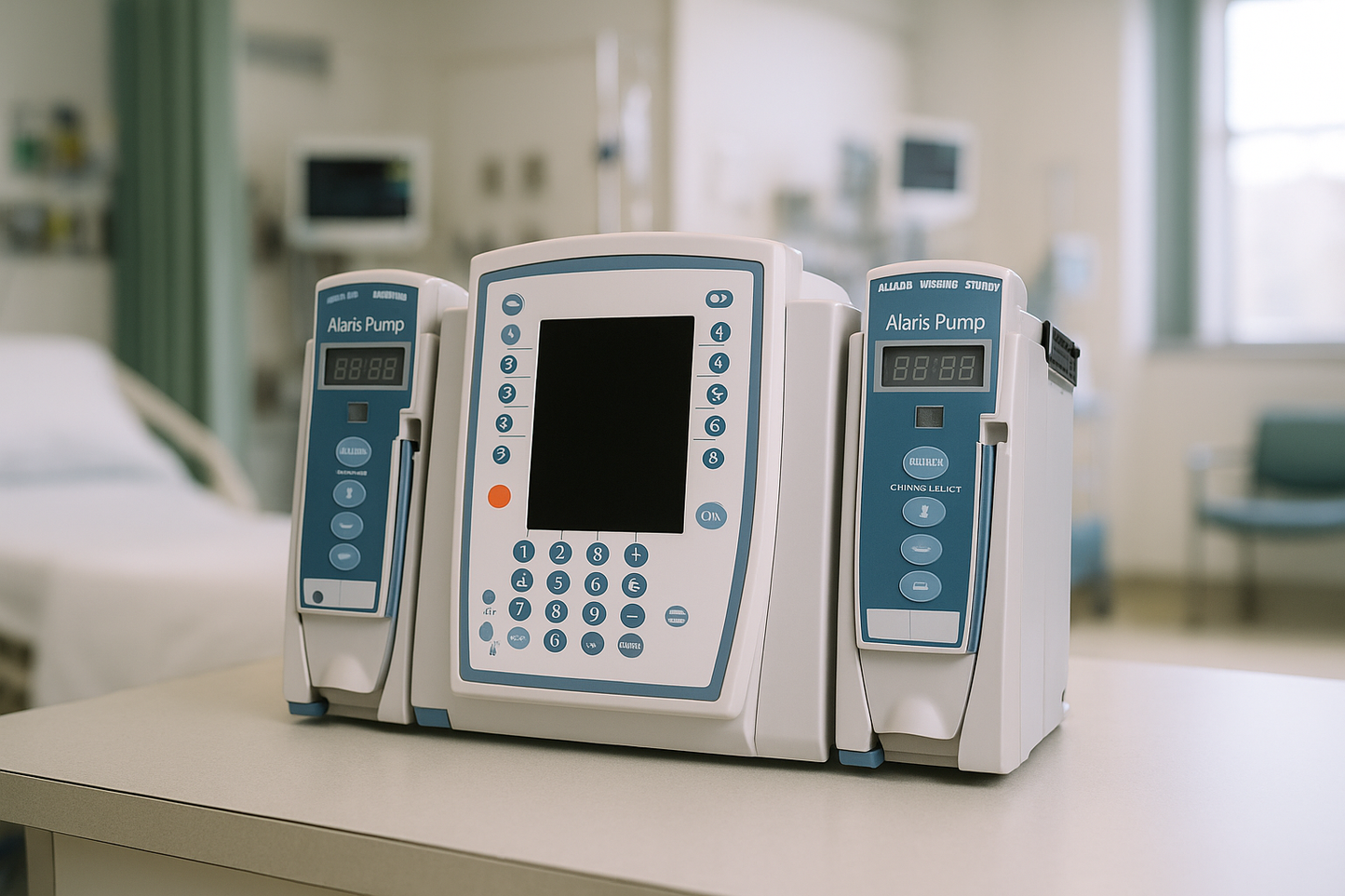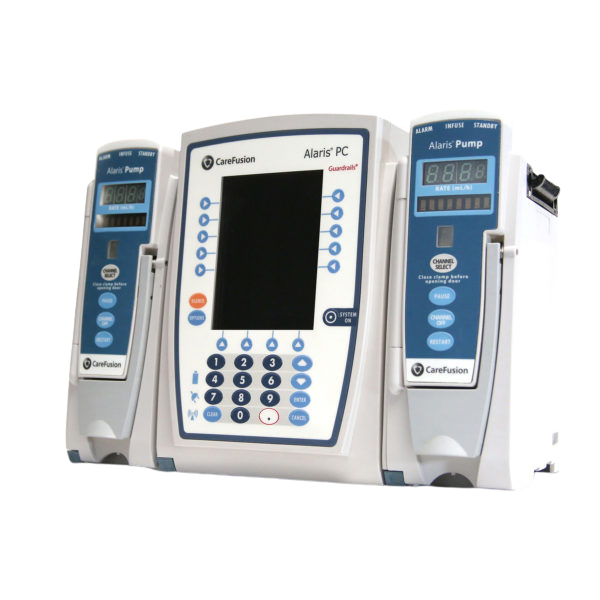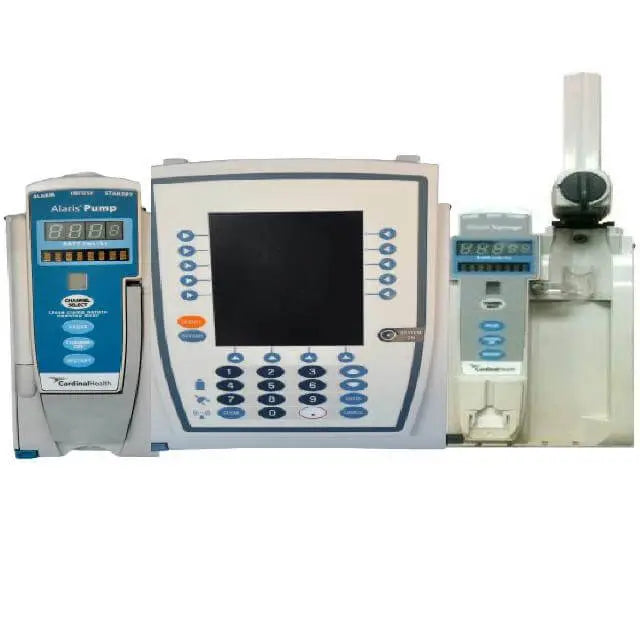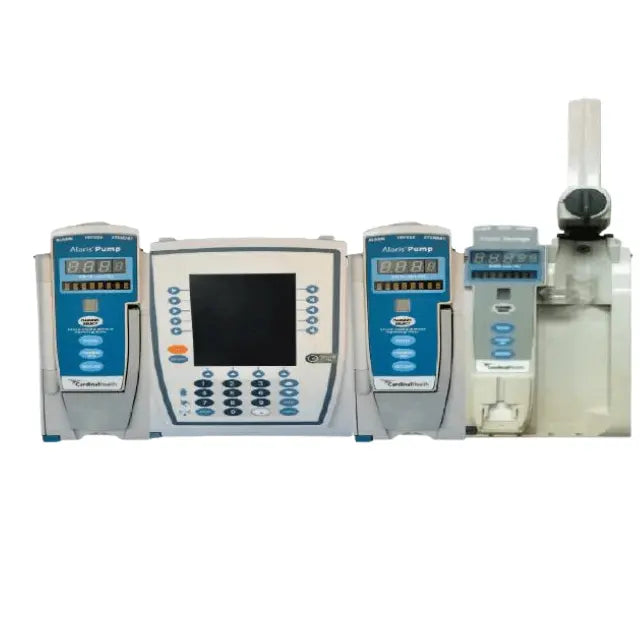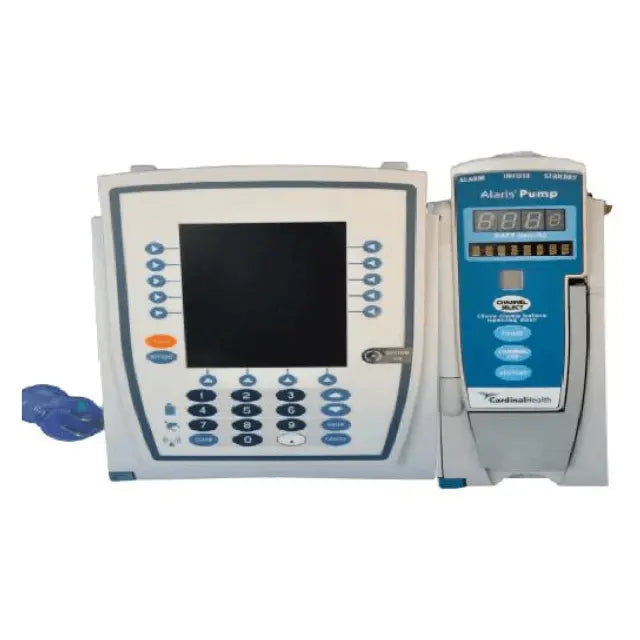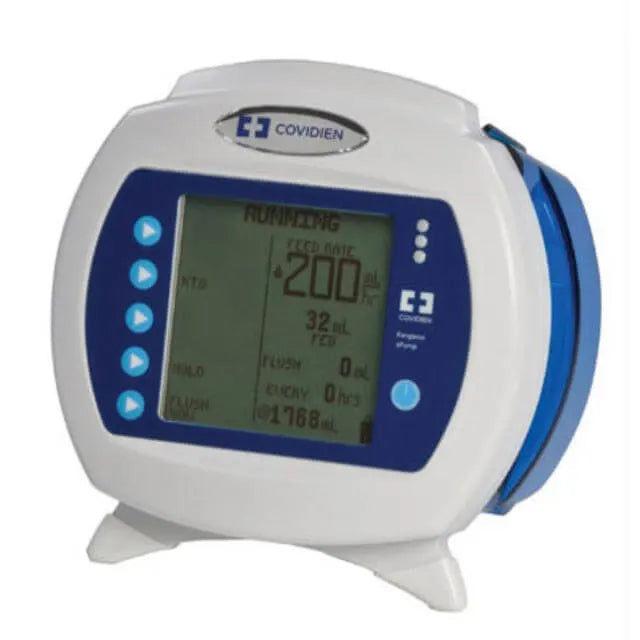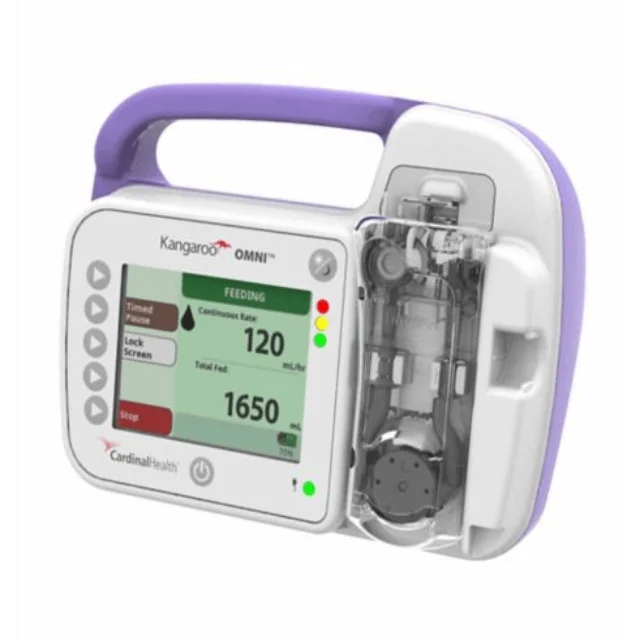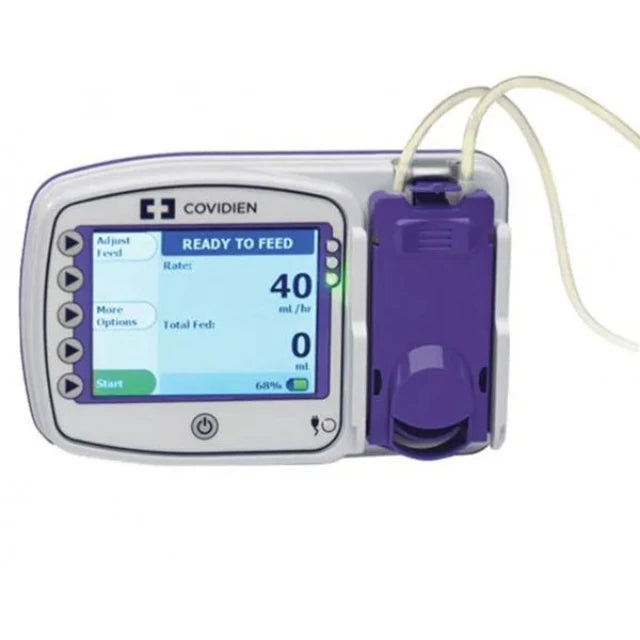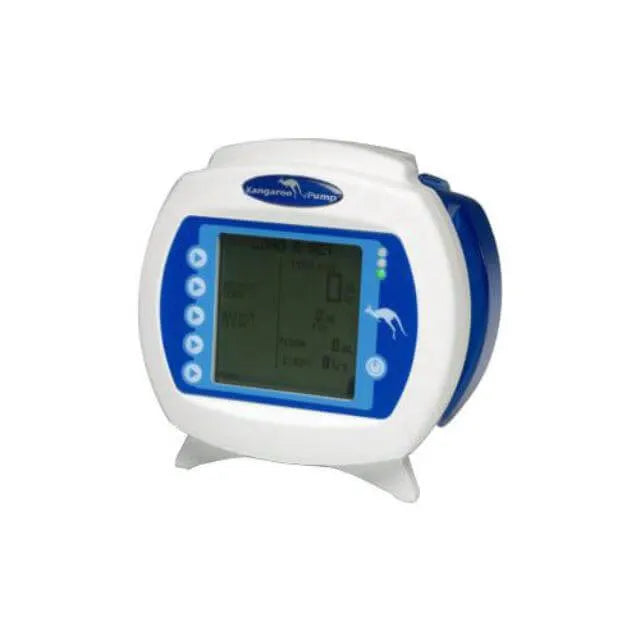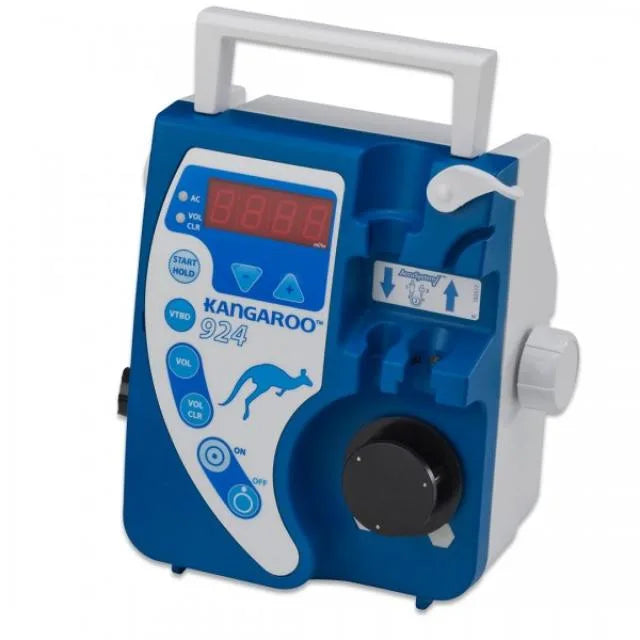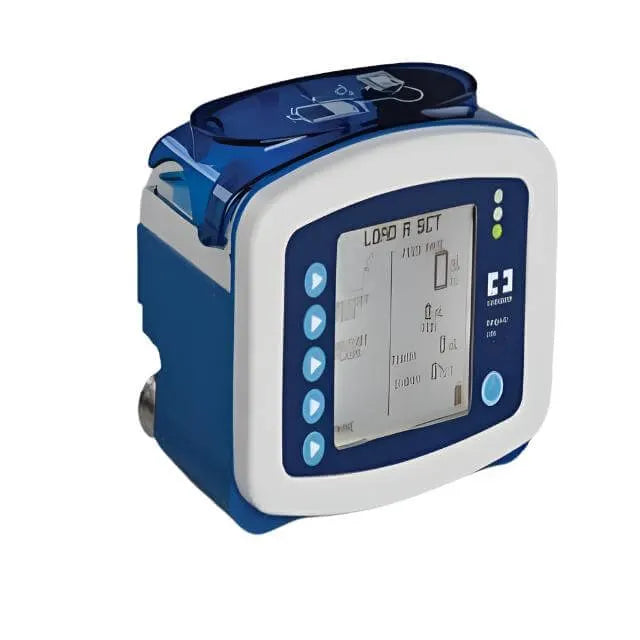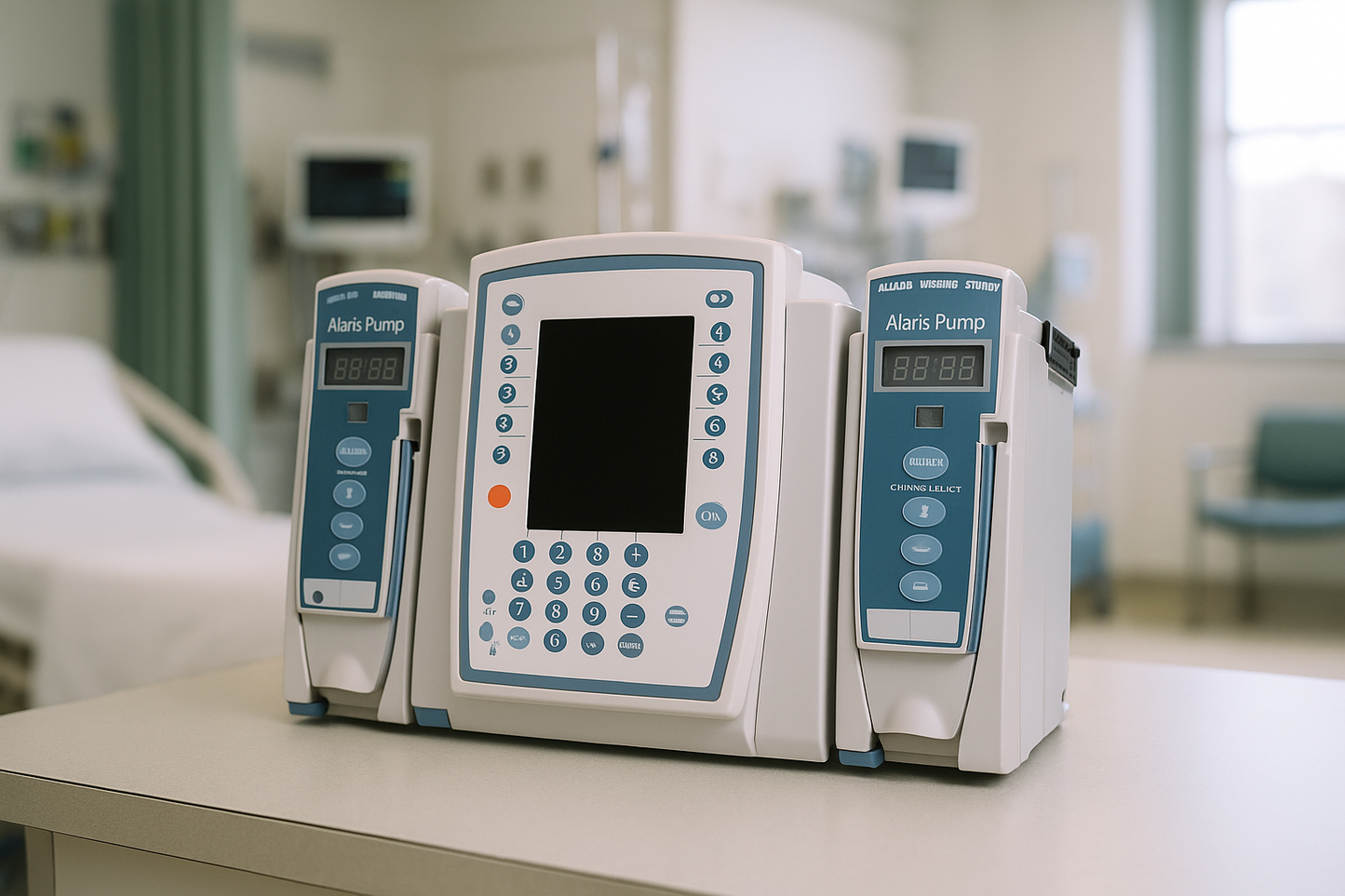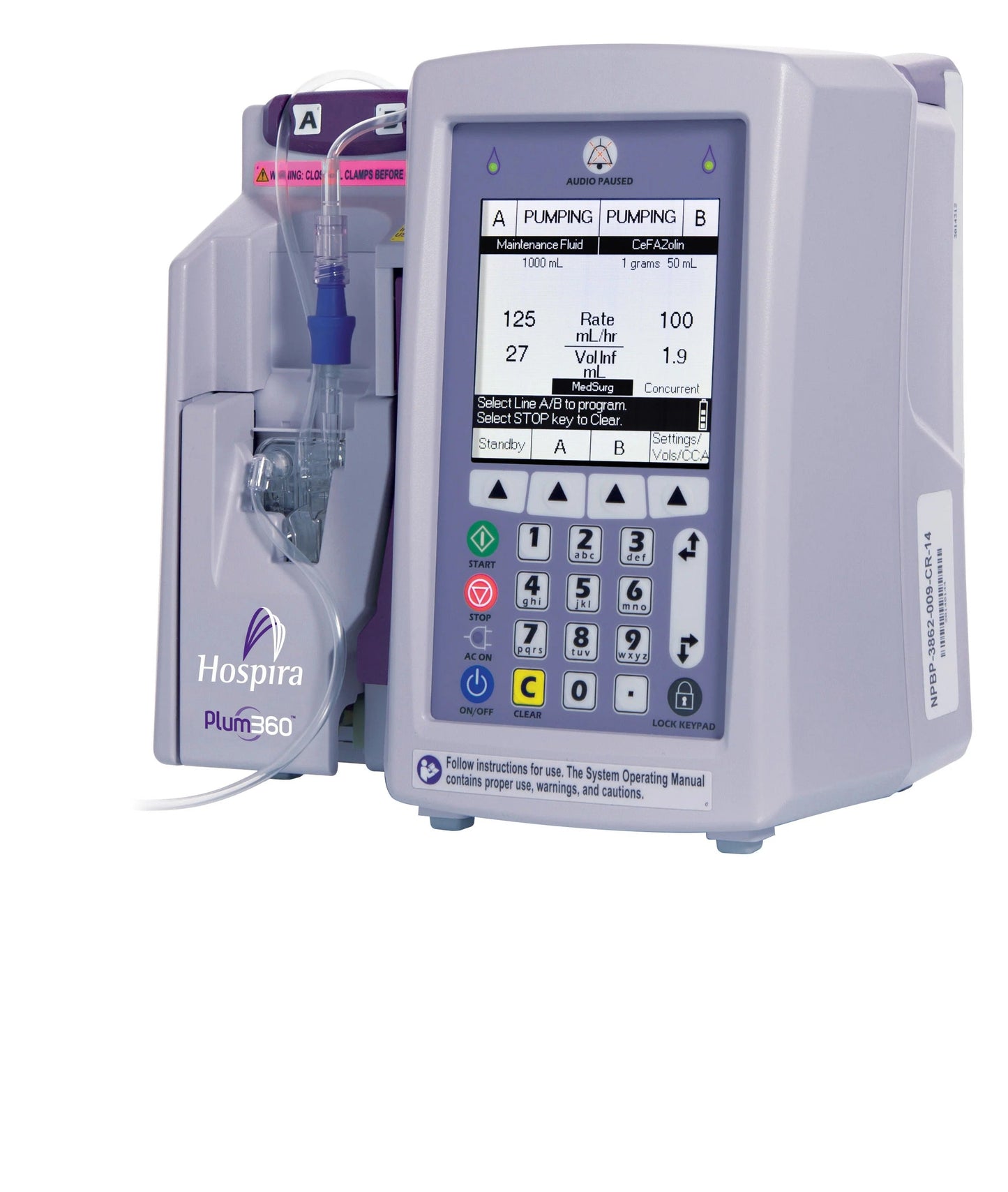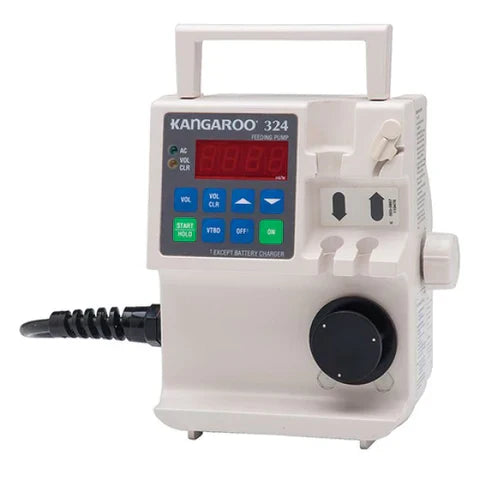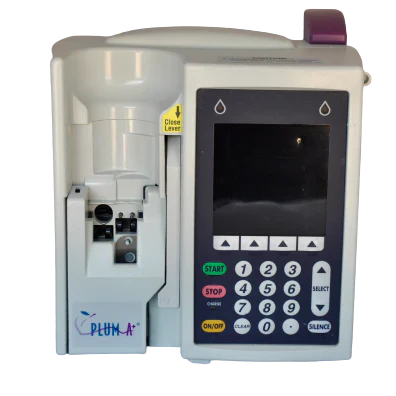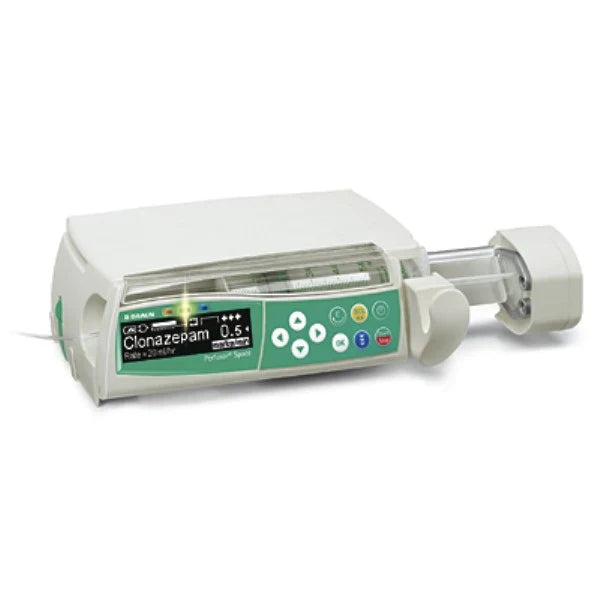
An infusion pump works by delivering fluids, medications, or nutrients into a patient's bloodstream at a controlled rate. The pump typically consists of a pump mechanism, a fluid reservoir or container, and tubing that connects the pump to the patient's IV catheter.
Here is a general overview of how an infusion pump works:
- The fluid or medication to be infused is loaded into the reservoir or container of the pump.
- The tubing is attached to the pump and the IV catheter that has been inserted into the patient's vein.
- The pump is programmed with the appropriate infusion rate, which is based on the patient's weight, medical condition, and the specific medication or fluid being administered.
- The pump mechanism creates pressure within the tubing, which forces the fluid or medication into the patient's bloodstream at the desired rate.
- The pump continuously monitors the infusion rate and adjusts the pressure as needed to ensure accurate and consistent delivery of the fluid or medication.
- The infusion pump may also have alarms or alerts to indicate if there is an interruption in the flow of the fluid or medication, such as a kink in the tubing or an empty reservoir.
Overall, the infusion pump allows for precise control over the delivery of fluids, medications, or nutrients, which is critical for patient safety and effective treatment.
